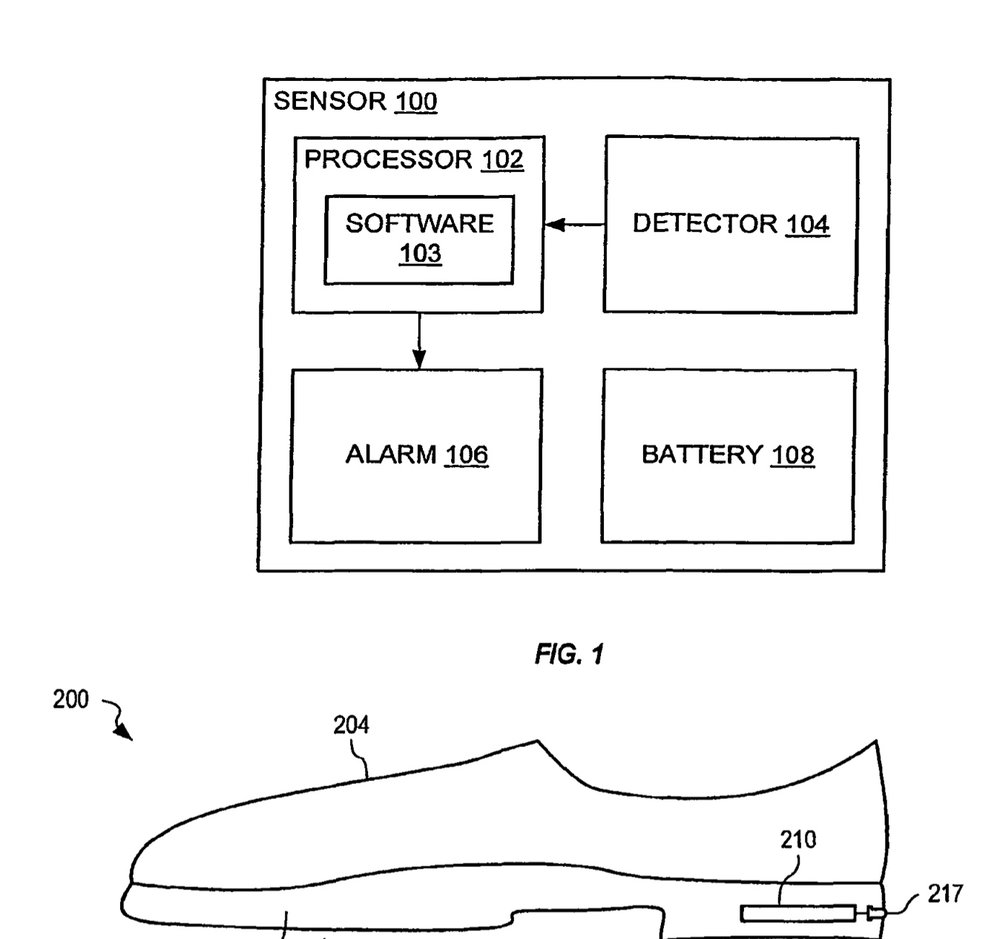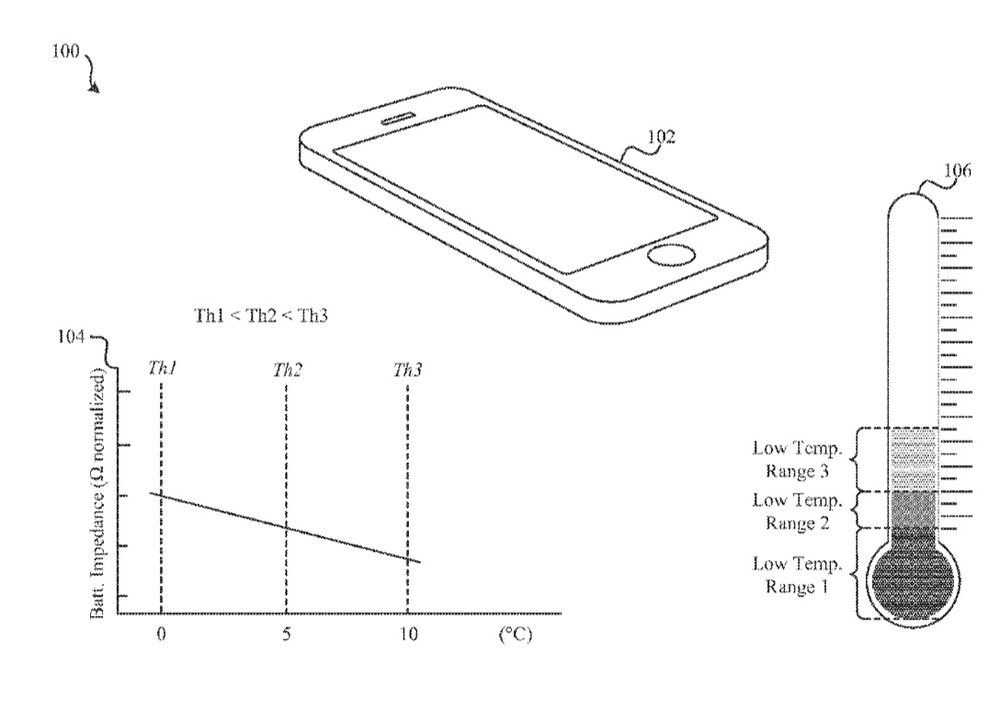iShoes, anyone? Okay, I don’t think Apple is entering the shoe business, but the company has been granted a patent (number 9,578,927) for a “shoe wear-out sensor, body-bar sensing system, unit less activity accessment, and associated methods.”

In what may indicate an even closer tie with Nike, the patent does mention sneakers, boots, and shoes for running, soccer, and American football. Apple says that “as a shoe wears, physical support provided by the shoe decreases, thereby reducing associated protection from injury.” It also notes that “when a critical wear level is reached, even if the shoe looks like it is not particularly worn, the shoe may not provide adequate support and may, in fact, cause damage to feet.”
Here’s Apple’s summary of the patent: “A system assesses activity and displays a unitless activity value. A detector senses activity of a user. A processor reads sensed activity data from the detector. A display displays the unitless activity value. An enclosure houses the detector and the processor. The processor periodically reads the sensed activity data from the detector and processes the data to generate an activity number, the number being used to generate the unitless activity value based upon a maximum number and a display range.”
In other patent news, Apple wants to make your iOS and watchOS devices more resistant to battery drainage in cold weather. The company has been granted a patent (number 9,585,100) for “cold temperature power throttling” for mobile devices.
The invention involves low temperature power throttling on an iPhone, iPad or Apple Watch to reduce the likelihood of an unexpected powering down of the device in cold weather environments. Apple notes that large and/or sudden changes to the terminal voltage of a battery may result in an unexpected power down of a mobile device.

The mobile device may be configured to determine that a monitored temperature of its battery is below a threshold level, and whether a hardware component (such as a camera) is active or inactive. Then, based on these determinations, the mobile device can select a throttle setting from a first set of throttle settings when the hardware component is active, and a second set of throttle settings when the hardware component is inactive. Subsequently the mobile device can throttle power consumption for one or more components of the mobile device according to the selected throttle setting.
Apple also wants to make future iOS and Apple Watch devices even more water resistant — perhaps even waterproof. The company has been granted a patent (number 9,585,275) for “electronic devices with moisture guiding structures.”
Finally, Apple has been granted a patent (number 9,582,102) for an “electronic device including a finger biometric sensor carried by a touch display and related methods” Basically, it involves the technology that will allow — according to rumors — the upcoming “iPhone 8” to replace the Touch ID button with a full display that offers this function.
Of course, Apple files for — and is granted — lots of patents by the U.S. Patent & Trademark Office. Many are for inventions that never see the light of day. However, you never can tell which ones will materialize in a real product.

